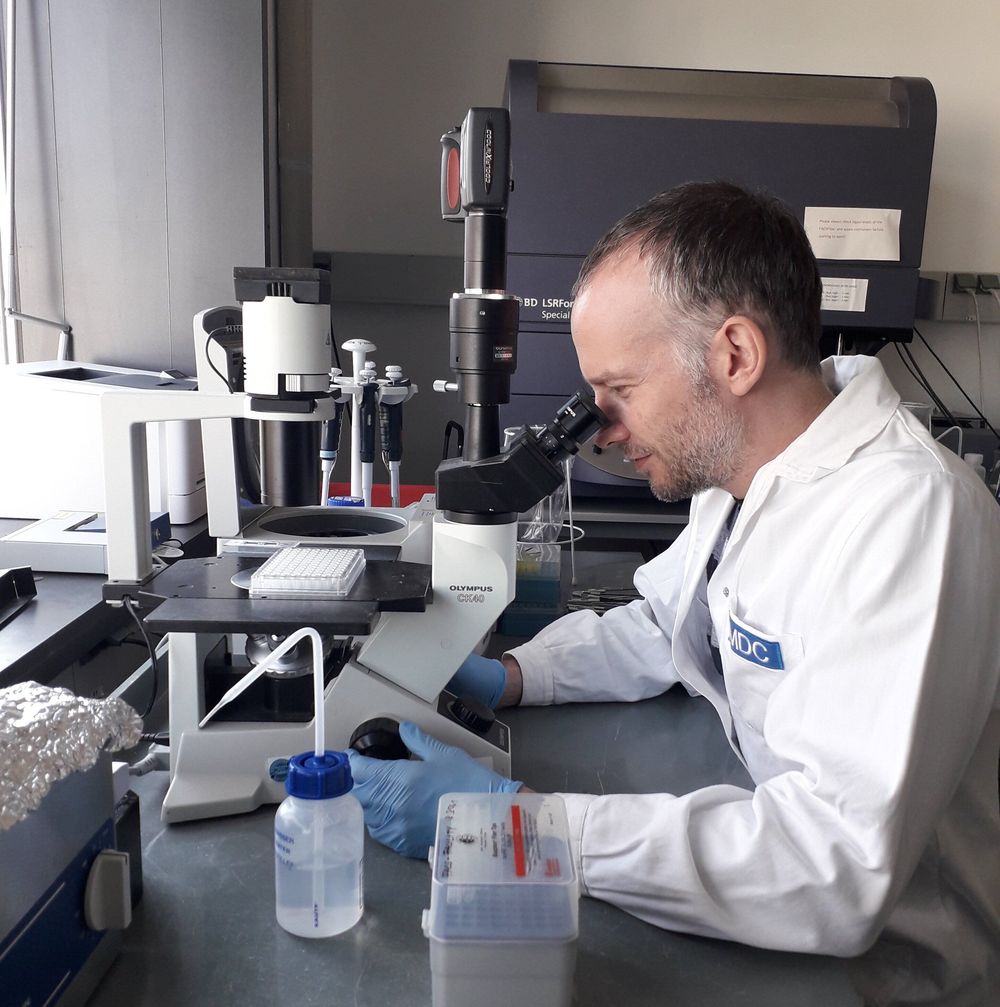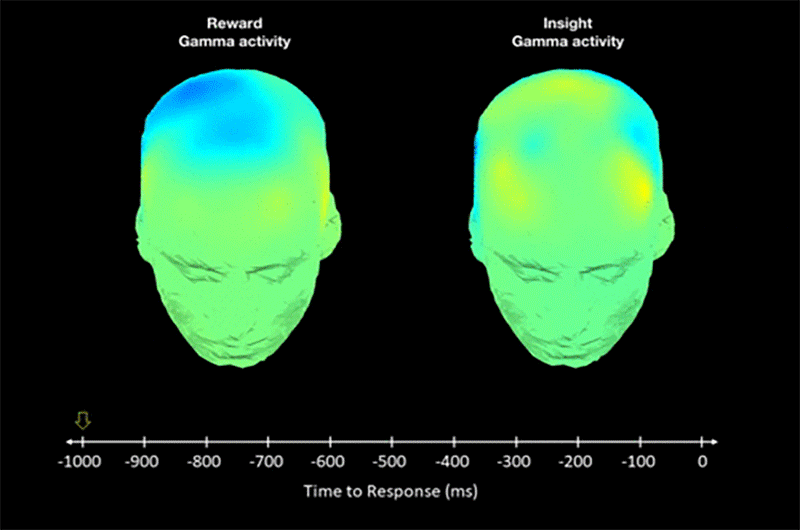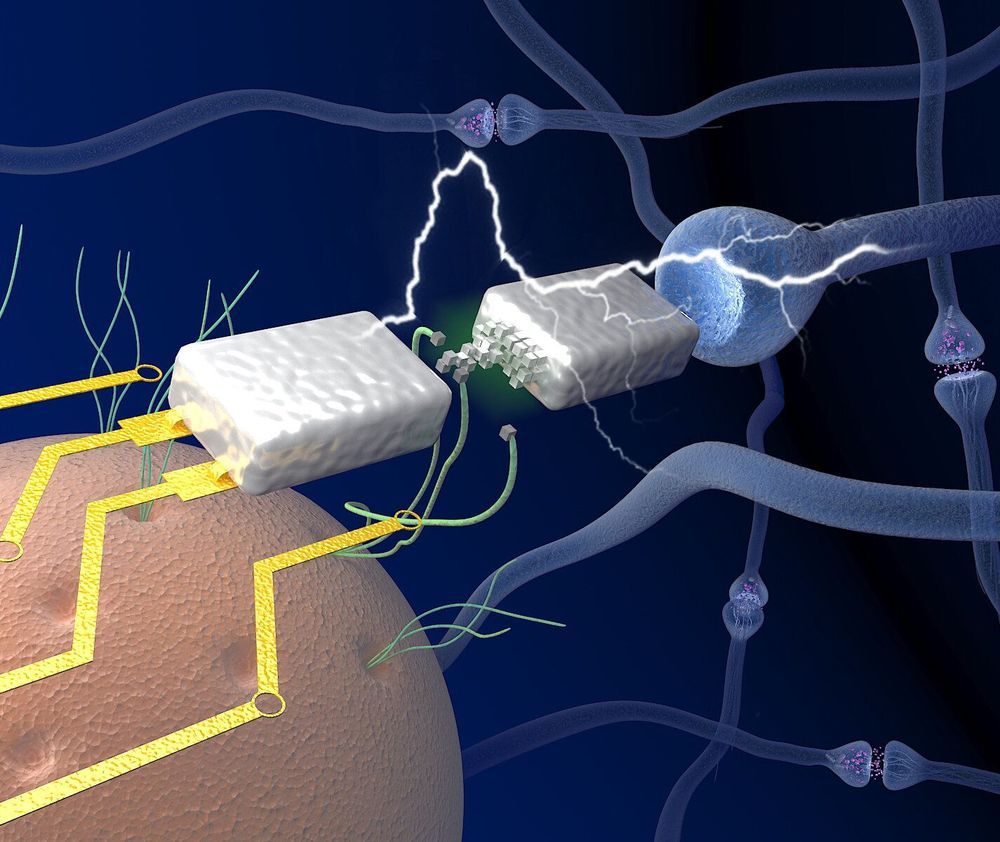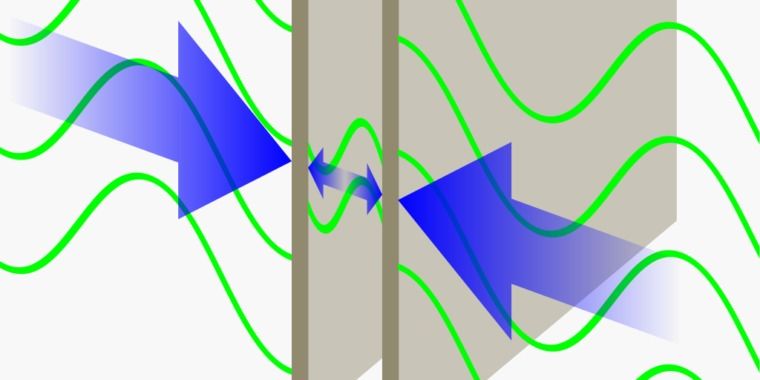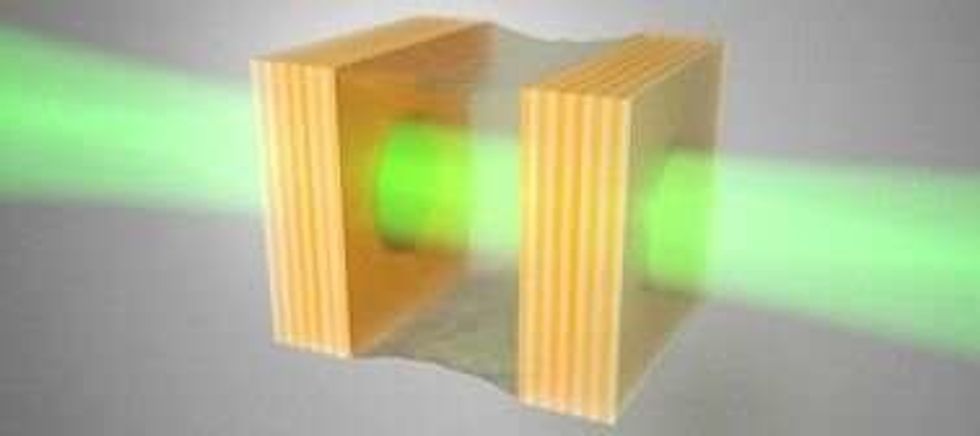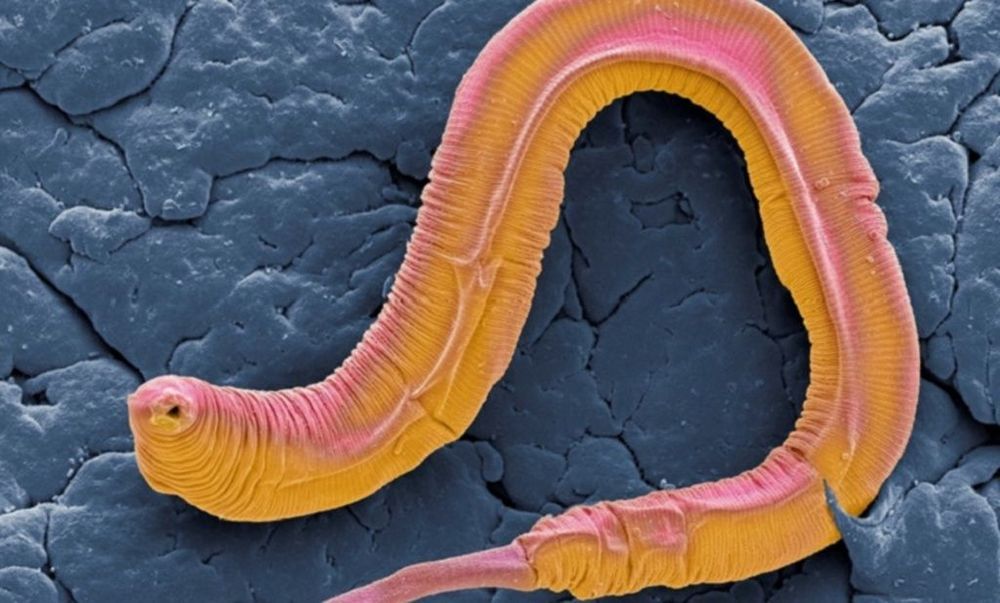Apr 20, 2020
New therapeutic options for multiple sclerosis in sight
Posted by Paul Battista in categories: biotech/medical, neuroscience
Multiple sclerosis (MS) is known as “the disease with a thousand faces” because symptoms and progression can vary dramatically from patient to patient. But every MS patient has one thing in common: Cells of their body’s own immune system migrate to the brain, where they destroy the myelin sheath—the protective outer layer of the nerve fibers. As a result, an electrical short circuit occurs, preventing the nerve signals from being transmitted properly.
Many MS medications impair immune memory
Researchers don’t yet know exactly which immune cells are involved in stripping away the myelin sheath. Autoreactive T and B cells, which wrongly identify the myelin sheath as a foreign body, travel to the brain and initiate the disease. “Up until now, MS drugs have essentially targeted these T and B cells, both of which are part of the acquired immune system,” says Dr. Alexander Mildner, a scientist at the Max Delbrück Center for Molecular Medicine in the Helmholtz Association (MDC) and the senior author of the paper now published in Nature Immunology.
